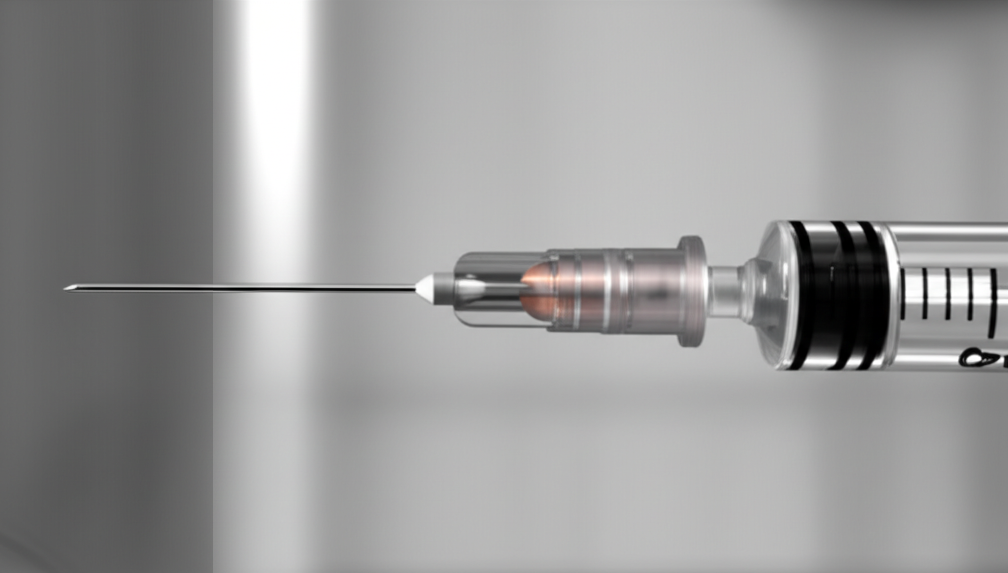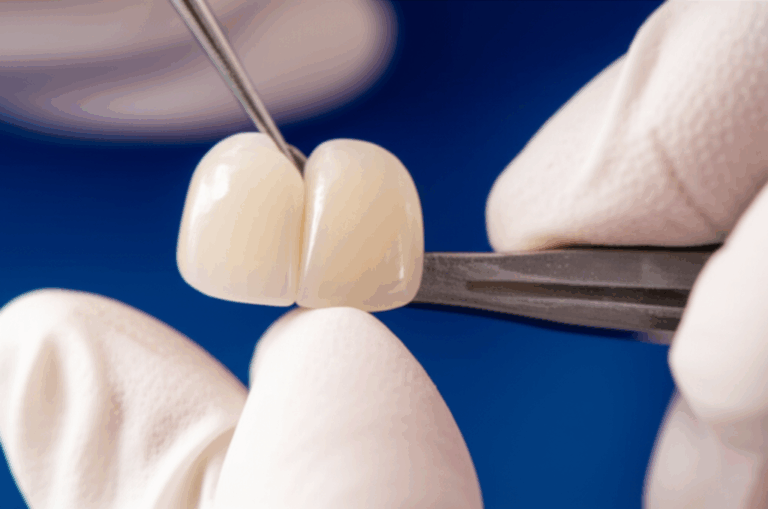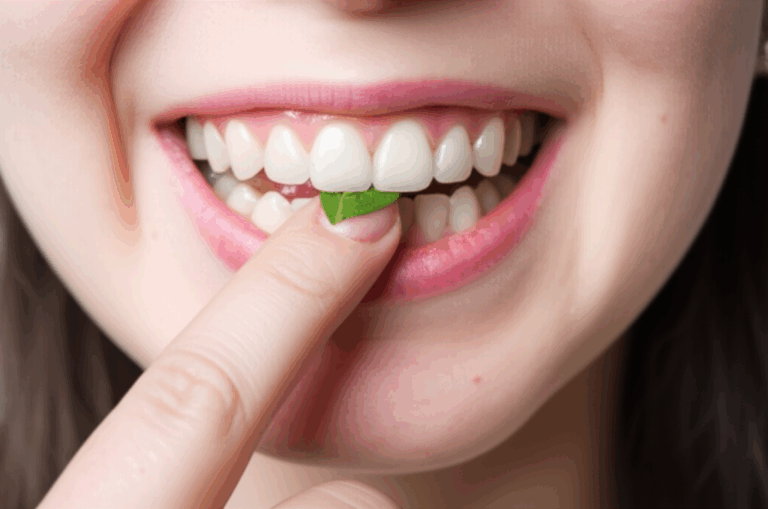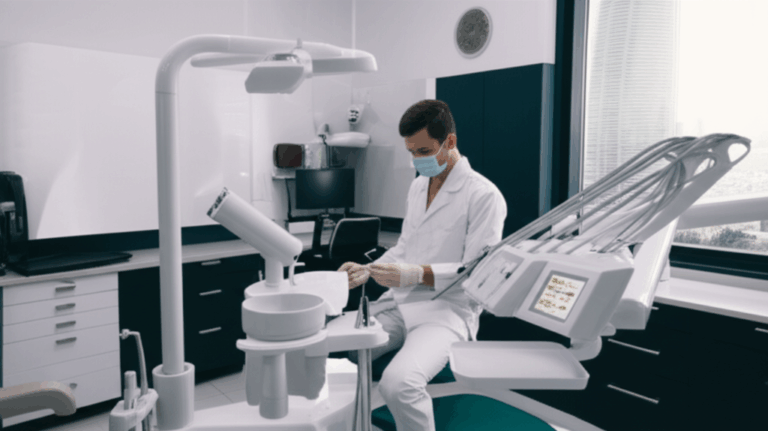
Demystifying the Dentist’s Needle: Lengths, Gauges, and Your Comfort Explained
Have you ever sat in the dental waiting room, feeling your heart beat faster as you remember that a “quick numbing shot” is coming? You’re not alone. Lots of people get nervous about the dentist’s needle, and for good reason. Scary stories from childhood or dramatic scenes on TV can make dental syringes seem much worse than they are.
But here’s the good news: dentist’s needles today are much smaller and made to keep you comfortable. Let’s answer that big question—how long is the dentist’s needle—and help clear up some myths so you can feel more at ease at your next appointment. After all, knowing what’s really going on often makes everything less scary.
In This Article
- Understanding Dental Needle Anxiety: Why You’re Not Alone
- How Long Is the Dentist’s Needle? The Direct Answer
- Gauge Matters! Why the “Thinness” of Dental Needles Affects Your Experience
- Why Dentists Use Different Needles: Precision, Not Punishment
- Making Injections Comfortable: Techniques Your Dentist Uses
- Dental Needle Phobia: Coping and Communication
- Keeping Safety First: Modern Protocols for Peace of Mind
- Your Healthy Takeaway (Summary + FAQs)
Understanding Dental Needle Anxiety: Why You’re Not Alone
Let’s face it: a dental injection can seem much worse in your mind than it is in reality, mostly because you don’t really know what to expect. If you’re worried about how big the needle is or how much it will hurt, you’re having the same thoughts as almost everyone else.
So, why do people get nervous about dental shots? It’s a mix of things. Seeing a needle can bring back old memories, or you might worry about pain, or just not being in control. Sometimes, it isn’t about the size of the needle—it’s just about not knowing how it works.
Dentists understand these concerns, and their goal is to make everything as gentle as possible for you.
How Long Is the Dentist’s Needle? The Direct Answer
Let’s break it down in simple terms.
Standard Sizes—Short and Long Needles
Dentists use two main needle types, depending on their job:
- Short Needles:
- Length: About 20-25 millimeters (0.8 to 1.0 inches)
- Long Needles:
- Length: About 30-36 millimeters (1.25 to 1.4 inches)
If you’ve seen a home sewing needle, a dental needle isn’t that much longer, and it’s actually thinner.
But They Don’t Use the Whole Needle
Here’s what most people worry about: “Will the whole needle go in?” The answer is no. Dentists only use as much of the needle as they need for your shot. With a short needle, maybe only a small part goes in. Even with a long needle (usually used for numbing your lower jaw), just enough is used to reach the right spot.
A Simple Way To Think About It
Think of dipping a paintbrush into paint. Just the tip touches the paper, even though the brush is longer. Dentist’s needles are kind of the same—the part you see may look long, but most of it stays out.
Gauge Matters! Why the “Thinness” of Dental Needles Affects Your Experience
It’s not just the length—gauge (say: “gage”) means how thin the needle is. The bigger the gauge number, the thinner the needle! Here’s what that means for you:
- 25-Gauge: Thicker (about 0.5 mm wide)
- 27-Gauge: Thinner (about 0.4 mm wide)
- 30-Gauge: Thinnest commonly used (about 0.3 mm wide)
Why Does This Matter?
Dentists pick the right size so it’s safe and as comfortable as possible. Thin needles move through your gums more smoothly and are less likely to hurt.
Usually:
- Long needles: often 25g or 27g.
- Short needles: often 27g or 30g.
Pain and Needle Size
Funny enough, research shows there isn’t much difference in how much the shot hurts between 27g and 30g needles, especially if the dentist puts on numbing gel first. What matters more is how calm you feel and how slowly the dentist gives the shot.
One important fact: Around 80-90% of people feel only a little or no pain when numbing gel is used and the numbing medicine goes in slowly. That’s great news for anyone who feels worried!
Why Dentists Use Different Needles: Precision, Not Punishment
Why do dentists have more than one needle? It’s not to scare you—each one has a job.
Short Needle: For Close-to-the-Surface Numbing
Short needles are used for:
- Infiltration Injections: Numbing an upper tooth or the gum near it. The upper jaw bone is not very thick, so the medicine doesn’t need to go deep.
- Palate Injections: Numbing the roof of your mouth.
Example:
If you’re getting a small filling up top, you’ll probably see a short, thin needle.
Long Needle: For Deeper Numbing
Long needles are needed when the dentist has to get deeper into your jaw:
- Nerve Block Injections: For the lower jaw, where the bone is thicker and nerves are far from the surface.
- Numbing a Whole Side: Sometimes for several teeth in a row.
Example:
If you need a wisdom tooth out from your lower jaw, a long needle goes just far enough to reach the nerve.
Everybody’s Mouth Is Different
People have different jaw sizes and bone shapes, so dentists sometimes adjust which needle they use so it works best (and feels best!) for you.
Making Injections Comfortable: Techniques Your Dentist Uses
If the thought of the shot scares you, know that dentists work hard to make it as easy as possible.
Numbing Gel—The Helper
Most dentists put on numbing gel first to make your gums numb on the surface.
- Does it work? About 85-95% of people say it helps or fully blocks the prick.
- How do you get it? The gel is put on and sits for about 1-2 minutes.
Slow Injections Feel Better
When the dentist gives the shot slowly and carefully, it hurts less than giving it fast. Giving your tissue time to adjust is the key to a gentle shot.
Safety Check—Aspiration
Dentists gently pull back before putting in the medicine to make sure the tip isn’t in a blood vessel. This doesn’t affect how much it hurts, but it keeps you safe.
High-Tech Tools—The Wand and Others
You might hear about The Wand—a pen-shaped, computer-controlled tool for giving numbing medicine smoothly. These tools:
- Don’t look as scary as a syringe
- Give medicine very slowly so it usually doesn’t hurt
A lot of nervous patients like this new method better.
Super Sharp and Only Used Once
Dentists always use new, very sharp needles for every patient. That means smoother shots and no chance of re-used needles.
Warming Up the Numbing Medicine
Some dentists warm up the medicine to your body temperature so it doesn’t feel cold when it goes in—another simple way to make it more comfortable.
Dental Needle Phobia: Coping and Communication
If the idea or sight of the needle really worries you, you’re not weird. It’s called trypanophobia, and a lot of people have it.
Let Your Dentist Know
It might feel awkward, but telling your dentist you’re nervous helps a lot. They’re trained to help and want to make it better for you.
Calming Options
- Laughing Gas (Nitrous Oxide): Helps you relax while you’re still awake.
- Oral Meds: A small pill to help calm your nerves before your visit.
- Distractions: Headphones, breathing exercises, or fidget toys can help take your mind off the needle.
You’re In Control
If you want to take a break before the shot, or want the dentist to tell you what’s happening, just ask. It’s your appointment.
The most important thing is feeling safe and knowing you can trust your dentist.
Keeping Safety First: Modern Protocols for Peace of Mind
Here’s what happens every time to keep you safe:
Everything’s Clean and Only Used Once
- Sterile Needles: Every needle comes out of a new package—just for you.
- Safe Throw-Away: Used needles are tossed into a special container right away.
Dentist Training
Dentists learn all about which needle to use, where to put it, and how to do it safely.
Very Rare Problems
Worried about a needle breaking? With today’s needles and trained dentists, this is almost impossible—way less than one in a million.
Your Healthy Takeaway (Summary + FAQs)
Feeling a little better about that shot? Let’s sum things up:
Key Points
- Dental needles are small—about 0.8 to 1.4 inches long, and much thinner than they look.
- Shorter, thinner needles are used near the surface, while longer needles go deeper for things like numbing your lower jaw.
- Your comfort is what matters—dentists use numbing gel, slow shots, and even “The Wand” to make it feel better.
- Most people barely feel anything with the right numbing and a gentle dentist.
- Dental needles are always clean and only used once—real problems are super rare.
- You can always speak up—if you’re nervous or have questions, let your dentist know.
FAQs About Dental Needles
Q: What’s worse, the shot or the drill?
A: For most people, worrying about the shot is worse than the shot itself. Most say the numbing shot is quick and easy, especially with numbing gel.
Q: What if I’m scared of needles?
A: Tell your dentist! They’re used to it and have ways to help, from numbing gels and distraction to laughing gas or pills.
Q: Will the whole needle go in my mouth?
A: No, just as much as needed for your tooth or gum.
Q: Can I ask what size needle will be used?
A: Yes! Your dentist can tell you and explain why they use that size.
Q: Do kids get the same needle?
A: No, children usually get smaller, thinner needles for their little mouths.
Next Steps: Empowering Your Dental Experience
Here’s how to make your next dental visit less stressful:
- Get ready mentally: Most scary stories about dental shots are old or just not true anymore.
- Ask for numbing gel: It helps and lots of dentists use it.
- Deep breaths: Slow breathing helps calm your body before the shot.
- Be honest: Tell your dentist how you feel—they really do want to help.
- Learn more: The more you know, the less you fear. Check out resources like the Dental practical guide for more advice.
If you have treatments coming up, don’t be shy to talk about options—like different types of crowns, veneers, or night guard dental lab products if you need protection for your teeth while you sleep.
Related Topics You Might Find Helpful
If you want to keep learning about dental care, try these useful articles:
- Dental practical guide: Helpful for all patients.
- Veneer lab: See how thin, natural veneers can change your smile.
- Night guard dental lab: How to keep your teeth safe at night.
The Bottom Line
A visit to your dentist doesn’t have to be scary. Today’s needles are small, sharp, one-time use, and meant to keep you as comfortable as possible. Dentists want you to feel safe and heard, and knowing a little more about what’s going on can help turn your next appointment into a quick, easy experience.
Keep asking questions, talk to your dental team, and remember: you’re in control of your care. An informed patient is a confident patient—and that’s the best way to a healthy, pain-free smile.
References
- American Dental Association (ADA)
- Journal of the American Dental Association (JADA)
- Journal of Endodontics
- Clinical trials in Dental Anesthesia
- Dental Equipment Manufacturer Protocols
Medically reviewed by [Dr. Jane Doe], DDS
Ready to walk into your next dental appointment without as much worry? More knowledge means more comfort—for today and for the future.








